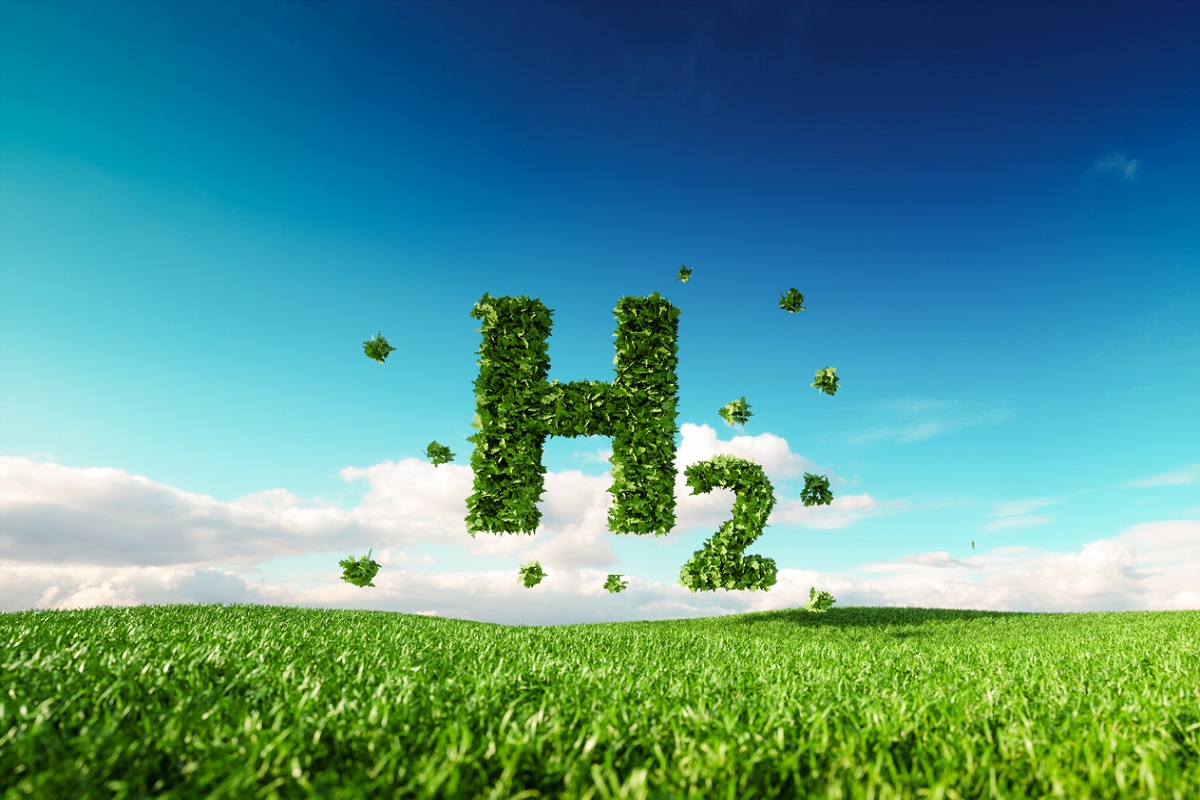India, like other nations, must gradually phase out blast furnaces to achieve its goal of net-zero emissions, paving the way for green steel production. Australian metallurgical experts, representing the world’s largest iron ore supplier, have recommended direct reduced iron (DRI) technology as an alternative.
However, Australian iron ore contains higher levels of impurities, making it less suitable for green steel production. This poses a significant challenge for Australia in its efforts to transition to greener methods, experts have noted.
Advertisement
Australia has identified the Pilbara region in Western Australia as a key location for green steel production, targeting 2027 for implementation. Keith Vining, director of Green Steel at the Commonwealth Scientific & Industrial Research Organisation (CSIRO), Australia’s national science agency, told The Statesman: “We are actively developing green steel production due to our abundant ore reserves and the availability of renewable energy sources like wind and solar power.”
Vining was accompanied by Professor Geof Brooks, a metallurgical expert from Swinburne University, and Partha Sen, director of Foreign Affairs & Trade Investment, Australia, at the five-day India-Australia Minerals Scholar Network Programme. The event, organised by the National Institute of Technology (NIT), Durgapur, concluded last evening.
“Both India and Australia face a common challenge in dealing with low-grade ore,” Vining said. “We recommend certain policy changes to address this complex issue in time.” Australian ore contains 56-62 per cent iron, whereas DRI technology requires at least 67 per cent iron content. In contrast, India’s domestic magnetite ore contains up to 72 per cent iron.
As of July 2024, India operates 71 blast furnaces, with five under construction and 22 more proposed. The National Steel Policy aims for 60–65 per cent of crude steel production to come from blast furnaces (BFs) and basic oxygen furnaces (BOFs) by 2031. SAIL chairman Amarendu Prakash stated that India is expected to exceed its 300-million-tonne steel production capacity target by 2030, driven by strong demand. The steel industry contributes 9 per cent of global carbon emissions, with 70 per cent of the world’s steel still produced using blast furnaces. Extensive decarbonisation is crucial to creating a cleaner industry, experts have stressed.
Professor Brooks highlighted progress in decarbonisation, saying: “Over the last three years, we’ve seen positive developments in reducing carbon emissions, particularly through the use of biomass as a substitute for coal. This is an exciting innovation that we have shared with leaders in India’s steel industry.” He added: “Phasing out blast furnaces isn’t the only solution — we must also consider electric smelting furnace technology and hydrogen fuel as alternatives.”
NIT director Professor Arvind Choubey added: “Sustainable steelmaking is the future, and NIT is at the forefront of research and development in this area. Engineers from the Steel Authority of India’s Durgapur and Burnpur plants took part in the five-day programme.











